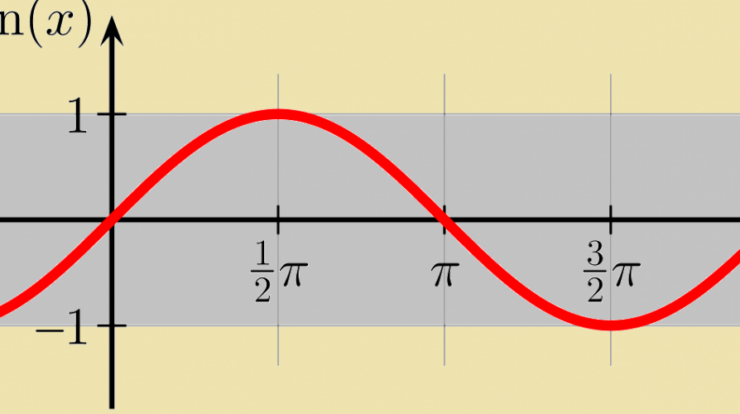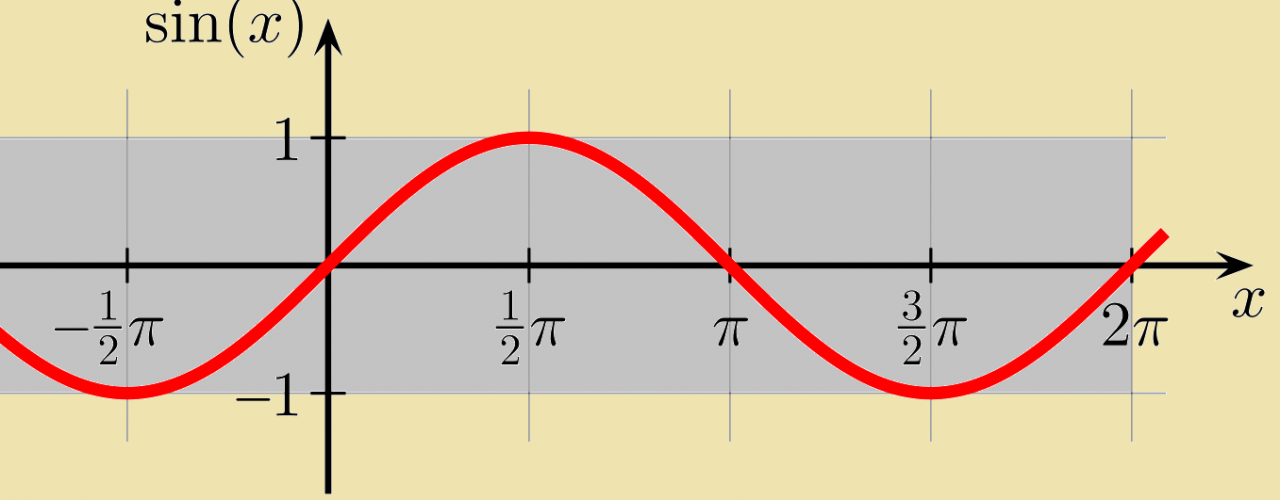
Sine meaning – Delving into the realm of mathematics, the sine function stands as a cornerstone of trigonometry and beyond. Its versatile nature extends from the study of periodic motion to the analysis of complex functions, making it an indispensable tool in a multitude of fields.
In essence, sine is a trigonometric function that measures the vertical component of a right triangle, providing valuable insights into the relationships between angles and sides. Its significance extends far beyond theoretical calculations, as it finds practical applications in fields such as navigation, engineering, and music.
Sine Meaning

Sine is a trigonometric function that measures the vertical component of a right triangle. It is defined as the ratio of the length of the opposite side to the length of the hypotenuse.
Sine is commonly used in a variety of applications, including:
- Navigation: Sine is used to calculate the angle of elevation or depression of an object.
- Surveying: Sine is used to measure the height of objects and the distance between objects.
- Engineering: Sine is used to analyze the forces acting on structures and to design structures that can withstand those forces.
Sine Wave
A sine wave is a periodic function that represents the sinusoidal oscillation of a point along a straight line. It is characterized by its amplitude, frequency, and phase shift.
Sine waves are commonly used in a variety of applications, including:
- Signal processing: Sine waves are used to represent and analyze signals in a variety of applications, such as audio and telecommunications.
- Music: Sine waves are used to create a variety of musical sounds, such as those produced by a violin or a flute.
Trigonometry and Sine
Sine is one of the three trigonometric functions, along with cosine and tangent. It is used to solve triangles and to calculate the angles and sides of triangles.
Sine is also used in a variety of applications, including:
- Navigation: Sine is used to calculate the course and distance between two points on the Earth’s surface.
- Surveying: Sine is used to measure the height and distance of objects.
Calculus and Sine
Sine is a differentiable and integrable function. Its derivative is cosine, and its integral is the negative cosine.
Sine is used in a variety of applications in calculus, including:
- Analysis of functions: Sine is used to analyze the behavior of functions, such as their maxima, minima, and points of inflection.
- Physics: Sine is used to model periodic motion, such as the motion of a pendulum or a spring.
Inverse Sine, Sine meaning
The inverse sine function, also known as the arcsine function, is the inverse of the sine function. It is used to find the angle whose sine is a given value.
The inverse sine function is used in a variety of applications, including:
- Computer graphics: The inverse sine function is used to calculate the angle of incidence of a ray of light on a surface.
- Statistics: The inverse sine function is used to calculate the p-value of a statistical test.
Historical Significance of Sine
The concept of sine was first developed by the ancient Greeks. It was later developed by the Indian mathematician Aryabhata in the 5th century AD.
Sine has played an important role in the development of astronomy and navigation. It was used by astronomers to calculate the positions of the stars and planets, and by navigators to calculate the course and distance between two points on the Earth’s surface.
Epilogue: Sine Meaning

In conclusion, the sine function is a mathematical marvel that unlocks a deeper understanding of the world around us. Its ability to describe periodic motion, solve complex equations, and analyze functions makes it an invaluable tool for scientists, engineers, and anyone seeking to unravel the mysteries of the universe.
FAQ Explained
What is the definition of sine?
Sine is a trigonometric function that measures the ratio of the length of the opposite side to the length of the hypotenuse in a right triangle.
How is sine used in real-world applications?
Sine is used in various fields, including navigation, surveying, engineering, and music, to solve problems involving angles and periodic motion.
What is the relationship between sine waves and periodic motion?
Sine waves are graphical representations of the sine function, and they are commonly used to describe periodic motion, such as the oscillations of a pendulum or the vibrations of a sound wave.






